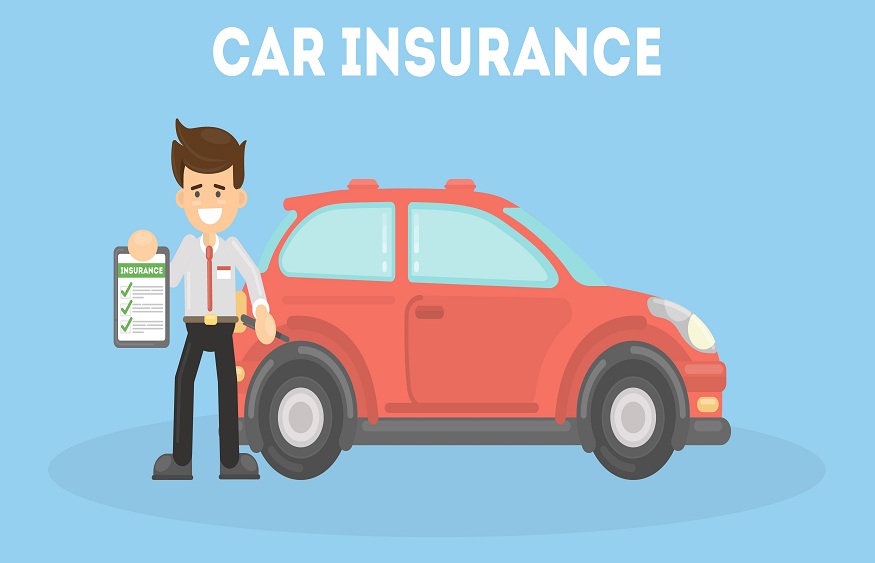
The growing popularity of electric vehicles in India, spurred by fuel prices and environmental concerns, is positive. Yet, the lack of a robust charging infrastructure hinders widespread adoption. Businesses plan to install charging stations in major cities to promote electric mobility.
Protecting Your Investment: Comprehensive Two-Wheeler Insurance For EVs
Recognising the pivotal role of the battery in electric two-wheelers, it’s crucial for their performance and longevity. With the battery being a costly and critical component, adhering to effective charging practices becomes imperative to avoid potential expenses related to repair or replacement. Securing electric vehicle insurance is essential to protect against unforeseen circumstances and ensure comprehensive coverage for your electric vehicle in case of accidents or damages.
Battery Charging Tips for Electric Two-Wheelers: A Comprehensive Guide
- Initial Full Charge: When buying a new electric two-wheeler, the first step is to ensure a complete battery charge before the initial use. This prepares the battery for seamless operation and facilitates calibration, providing insights into the expected performance and charging duration.
- Regular Charging Habits: Avoid letting the battery discharge entirely. Recharge when there’s around 30% battery remaining, as regular charging enhances battery life and overall performance. Experts recommend allowing the battery to discharge completely after 30 to 40 charges to maintain optimal functionality.
- Prevent Overcharging: Prolonged charging periods can lead to overcharging, causing degradation of lithium-ion batteries. It’s crucial to avoid leaving the battery connected for extended periods and always use a charger suitable for the electric output of the socket.
- Storage Guidelines: If storing the electric two-wheeler for an extended period, ensure the battery is not empty. Charge it to a minimum of 60% to prevent cell damage and difficulty in jump-starting. If the EV won’t be used for several months, removing the battery for storage is recommended.
- Depth Of Discharge Control: Charging the battery up to 80% if the full capacity is not needed can significantly extend battery life. Many battery packs have LED indicators, and charging up to the third indicator can enhance the battery cycle.
- Use The Correct Charger: Always use the charger supplied by the manufacturer to ensure compatibility and safety. Avoid using locally made chargers, and keep the charger connected to the main power source during operation.
Optimal Operation Through Careful Charging And Maintenance
Following these comprehensive charging and maintenance guidelines ensures your electric two-wheeler operates at its best. Refer to the manufacturer’s handbook for specific instructions, use genuine replacement parts, and secure your investment with comprehensive electric vehicle insurance. Claims are subject to terms and conditions set forth under the motor insurance policy. *
Online electric car insurance policy comparison, customisation, and purchase processes make it simple to guarantee road safety while enjoying the benefits of electric mobility. The benefits of buying electric cars in India include cost savings on fuel, reduced environmental impact, and access to government incentives promoting sustainable transportation. Claims are subject to terms and conditions set forth under the motor insurance policy. *
When comparing electric cars vs. petrol cars in India, electric cars offer lower operating costs, environmental sustainability, and government incentives. In contrast, petrol cars still dominate due to established infrastructure and range convenience.
*Standard T&C Apply
Disclaimer: The content on this page is generic and shared only for informational and explanatory purposes. It is based on several secondary sources on the internet and is subject to changes. Please consult an expert before making any related decisions.
Insurance is the subject matter of solicitation. For more details on benefits, exclusions, limitations, terms, and conditions, please read the sales brochure/policy wording carefully before concluding a sale.

 How Loan Terms Differ Between Car Loans and Motorcycle Loans
How Loan Terms Differ Between Car Loans and Motorcycle Loans  Growing Small Businesses with Virtual Assistant Services
Growing Small Businesses with Virtual Assistant Services  How to Find the Right Engagement Ring Style for You at Lily Arkwright
How to Find the Right Engagement Ring Style for You at Lily Arkwright  Why Businesses Worldwide Prefer to Hire Web Developers from India
Why Businesses Worldwide Prefer to Hire Web Developers from India 


